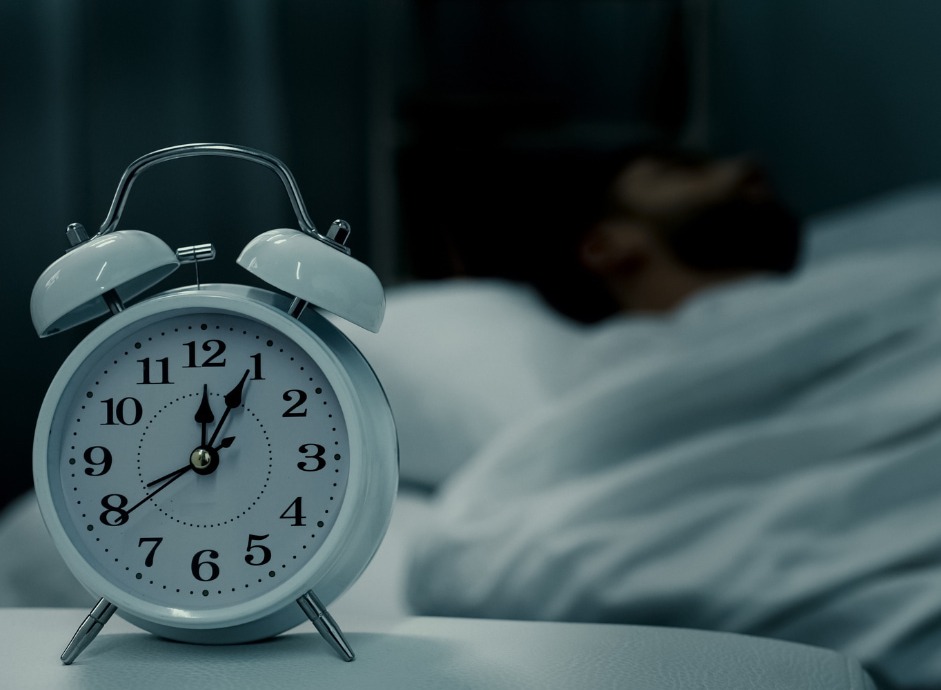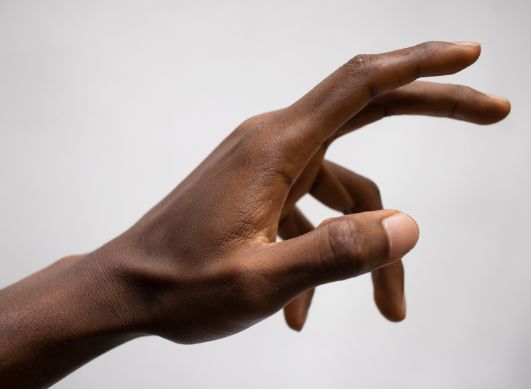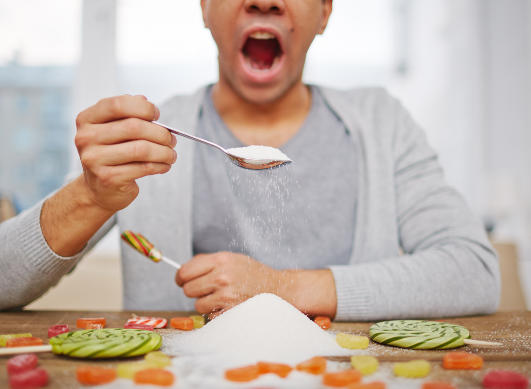- Home
- Share
- Forum
- Diabetes (Type 2) Forum
- Living with type 2 diabetes
- 9 diabetes food tips
Patients Diabetes (Type 2)
9 diabetes food tips
- 91 views
- 0 support
- 1 comment
All comments

robjmckinney
AmbassadorGood advisor
![]()
robjmckinney
Ambassador
Last activity on 19/11/2024 at 19:37
Joined in 2015
596 comments posted | 109 in the Diabetes (Type 2) Forum
47 of their responses were helpful to members
Rewards
-
Good Advisor
-
Contributor
-
Messenger
-
Committed
-
Explorer
-
Evaluator
Well something missing from the list is cheap food options. Many of the cheap food items don't contain lots of sugar as an expensive ingredient and contain sugar replacements suitable for diabetics. Reduced sugar options can still have plenty of sugar in them, expensive and not ideal. So read labels and note ingredients you can get welcome surprises in the lower priced items. Reduced sugar Rich Tea biscuits are a classic example where the cheap options contain much less or no sugar. Cereals the same, bake beans, jam, cakes etc. the cheap option is lower sugar than expensive reduced sugar selections.
See the signature
robjmckinney
Give your opinion
Members are also commenting on...
Articles to discover...
Medication fact sheets - patient opinions...
Subscribe
You wish to be notified of new comments
Your subscription has been taken into account









Margarita_k
Community managerGood advisor
Margarita_k
Community manager
Last activity on 07/10/2020 at 11:39
Joined in 2016
1,195 comments posted | 76 in the Diabetes (Type 2) Forum
1 of their responses was helpful to members
Rewards
Good Advisor
Contributor
Messenger
Committed
Explorer
Evaluator
Well-balanced diet is essential for maintaining your blood sugar on the right level. Here are some tips that may help you better control your blood sugar.
1. Keep Eating Habits Consistent
Skipping meals, especially breakfast, could push your blood sugar higher, and depending which blood glucose-lowering medications you take, could cause hypoglycemia (low blood sugar). When you don't eat for several hours because of sleep or other reasons, your body fuels itself on glucose released from the liver. For many people with type 2 diabetes (PWDs type 2), the liver doesn't properly sense that the blood has ample glucose already, so it continues to pour out more. Eating something with a little carbohydrate signals the liver to stop sending glucose into the bloodstream and can tamp down high numbers.
2. Include and Enjoy Healthy Sources of Carbs
An eating plan that is too low in carbohydrate "is not balanced and may deprive the body of important fiber, vitamins, and minerals," says Constance Brown-Riggs, M.S.Ed., RD, CDE, author of The African American Guide to Living Well with Diabetes (Career Press, 2010).
The keys to success are to manage portions of all foods, spread your food out over your day, and work with your health care providers to devise an individualized meal, activity, and medication plan.
3. Cook Pasta Al Dente and Measure Servings
It is best to eat your spaghetti al dente, says David J. A. Jenkins, M.D., Ph.D., Canada research chair in nutrition and metabolism at the University of Toronto and St. Michael's Hospital. Overcooked pasta and other starches become soft, lose their form, and give up their glucose more readily, likely giving you a slightly bigger rise in blood sugar, he says.
4. In a Pinch, Eat Diabetes Bars and Shakes as Meal Replacements
Bars or shakes made specifically for people with diabetes can help you control blood sugar levels when you're on the go, says dietitian Constance Brown-Riggs. "When used as a meal replacement or snack, they can take the guesswork out of carbohydrate counting," she says.
Toss them in your purse, suitcase, or desk drawer so you'll always have a suitable choice when you're stuck in traffic or can't break for lunch. But if you fall into the trap of eating them in addition to your usual meals or snacks, both your weight and your blood sugar levels may climb. You have to swap them for other foods, or your calorie and carb intake will likely be too high.
5. Have a Cup of Green Tea
Replacing sugary drinks with green tea is a great way to cut calories, save carbs, and get a good dose of disease-fighting polyphenols. But don't bank on it to lower your blood sugar. A few studies suggest that green tea may help prevent type 2 diabetes and improve insulin sensitivity, but the evidence isn't strong enough to make firm recommendations.
6. Drink Water to Save Calories and Stay Hydrated
It's a smart idea to drink plenty of calorie-free beverages, especially water, every day. This is especially true when your blood sugar levels are elevated. Because high blood sugar can cause excessive urination, drinking plenty of water helps prevent dehydration, says dietitian Constance Brown-Riggs. It won't, however, lower high blood sugar levels, she says.
7. Splash a Little Vinegar
Can a spoonful of vinegar help the blood sugar go down? Yes, says Carol S. Johnston, Ph.D., RD, professor and director of the nutrition program at Arizona State University's College of Nursing and Health Innovation. Consuming 1-2 tablespoons of vinegar before a meal may help slow the “postmeal surge in blood glucose by as much as 40 percent,” she says. But that's not a license to go carb crazy.
But the problem is the vinegar itself. It just isn't fun to drink a couple tablespoons before a meal. Take advantage of vinegar's benefits by splashing some on a salad and adding it to cooked vegetables.
8. Bring Your Own Lunch
Avoid eating lunch at restaurants or fast-food joints. Restaurant meals can easily go out of control. They tend to have large portions, lots of calories, and high amounts of fat. Research has found an association between eating out more and having a higher body weight. When you make your own lunch, you control the ingredients and your portion sizes. If making your own lunch every day is too much, you might want to try twice a week to start.
9. Keep a Food Record.
As you are learning to gain control over your weight and blood sugar, it can be helpful to keep a log that includes some specific information about your eating habits. Every time you eat, jot down where you are; what time it is; how hungry you feel before beginning to eat and again when you stop eating; the foods and amounts eaten; and your thoughts or feelings at the time. Over time, you’ll start to see patterns. By identifying the situations in which you’re most likely to make poor food choices — something we often do as a response to anxiety or stress — you can learn to substitute new activities.
Source : diabeticlivingonline.com
What are your own ways control your blood sugar? What diet tips can you share with the community?